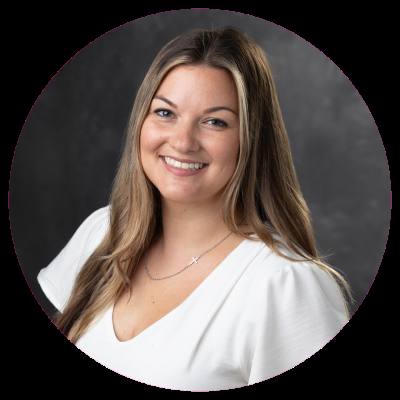In a presentation at the Dec. 8 board meeting, Lupita Hinojosa, chief officer of school leadership and student support services, announced that not all teachers will have to teach online and in-person students concurrently in the spring semester, as is currently the case.
"We [have] heard a lot of concerns from our teachers ... that teaching remote and in-person instruction at the same time is challenging, and it's becoming very exhausting for our teachers," Hinojosa said. "We have this crucial window of time that we could explore ... a new instructional delivery model for the spring semester to be able to better meet the needs of our students, our staff and our families."
Instructional delivery modes the district is exploring include concurrent instruction, in which teachers deliver remote and in-person instruction in the same class period simultaneously; split scheduling, in which teachers deliver remote and in-person instruction but in separate class periods; and split staffing, in which teachers within one site are staffed to deliver either remote or in-person instruction, but not both.
According to Hinojosa, the district's assistant superintendents and its academics team have been meeting with principals to discuss the options and will let each campus principal work with their staff to determine which instruction mode best suits their campus. Hinojosa added that instruction modes may also vary through each campus by grade level and subject.
"At the end of the day, it's really our teachers that are doing the heavy lifting, and so we want our principals to meet with the teachers, go over the models, ... discuss the resources they have in place [and] the students that are there—because, remember, the student enrollment makes a big difference—and collaboratively, as a faculty, make a decision on the models that are best for their schools," Hinojosa said. "Concurrent may be better for the lower grades. Split scheduling may be better for the upper grades. So we expect the principals to work with the teachers and then be able to decide what is best for their schools by grade levels and/or by subjects."
Once these decisions are made, Hinojosa said, each campus will be tasked with communicating any changes with students and their families.
In addition to the change in instructional delivery, Hinojosa said SISD will be implementing planned remote learning days on a monthly basis to allow students time to catch up on any work they may have missed and to stay on track. While specific dates have not yet been announced, Hinojosa said there will be one planned remote learning day per month in January, February, March and April.
Additionally, while students were able to switch between in-person and remote learning on an almost day-to-day basis in the fall semester, Hinojosa said that for consistency purposes, will not be the case in the spring semester. Instead, families will need to select either remote or in-person learning by Jan. 8 and remain with their chosen learning mode for the entire grading period.
Lastly, Hinojosa announced plans to open a districtwide virtual academy in August 2021. In this instructional delivery mode, one virtual academy will be set up to support all remote learning districtwide, while other students will attend school on campus.
"We believe that for the coming school year, our families have had success in remote learning [and] some families will want to continue [to do remote learning, so] we want to be able to provide this service centrally," Hinojosa said.
While the district currently has a virtual program, Hinojosa said it is only offered for students in grades 9-12 with limited classes. By contrast, the new virtual academy will be offered to students in grades 3-12.





